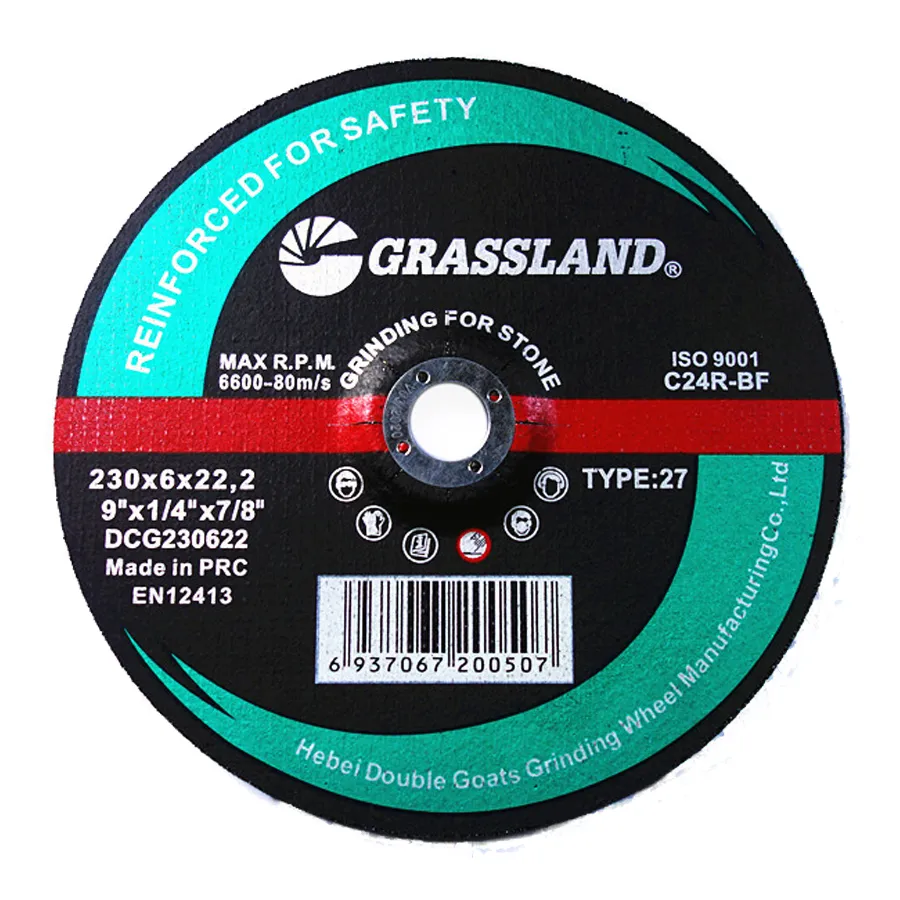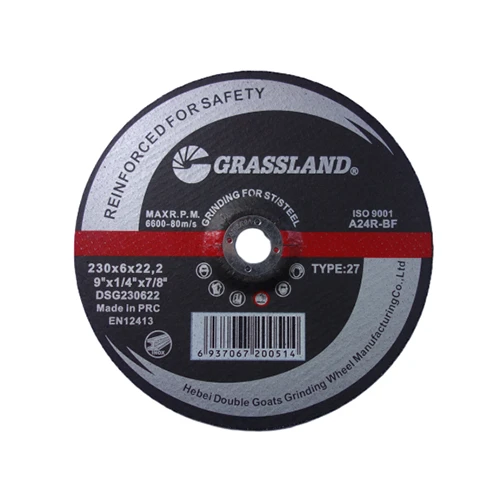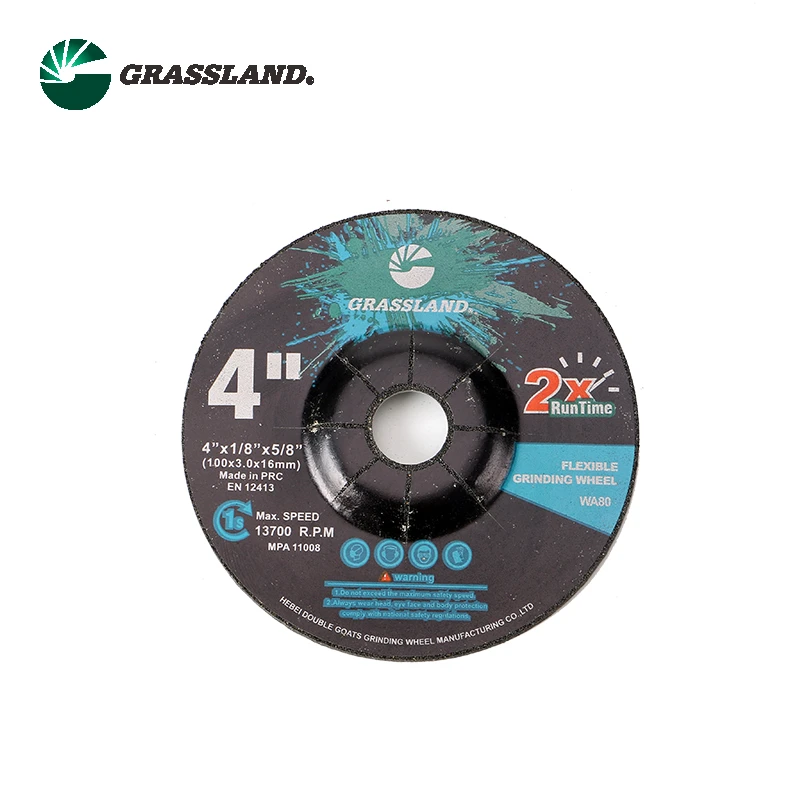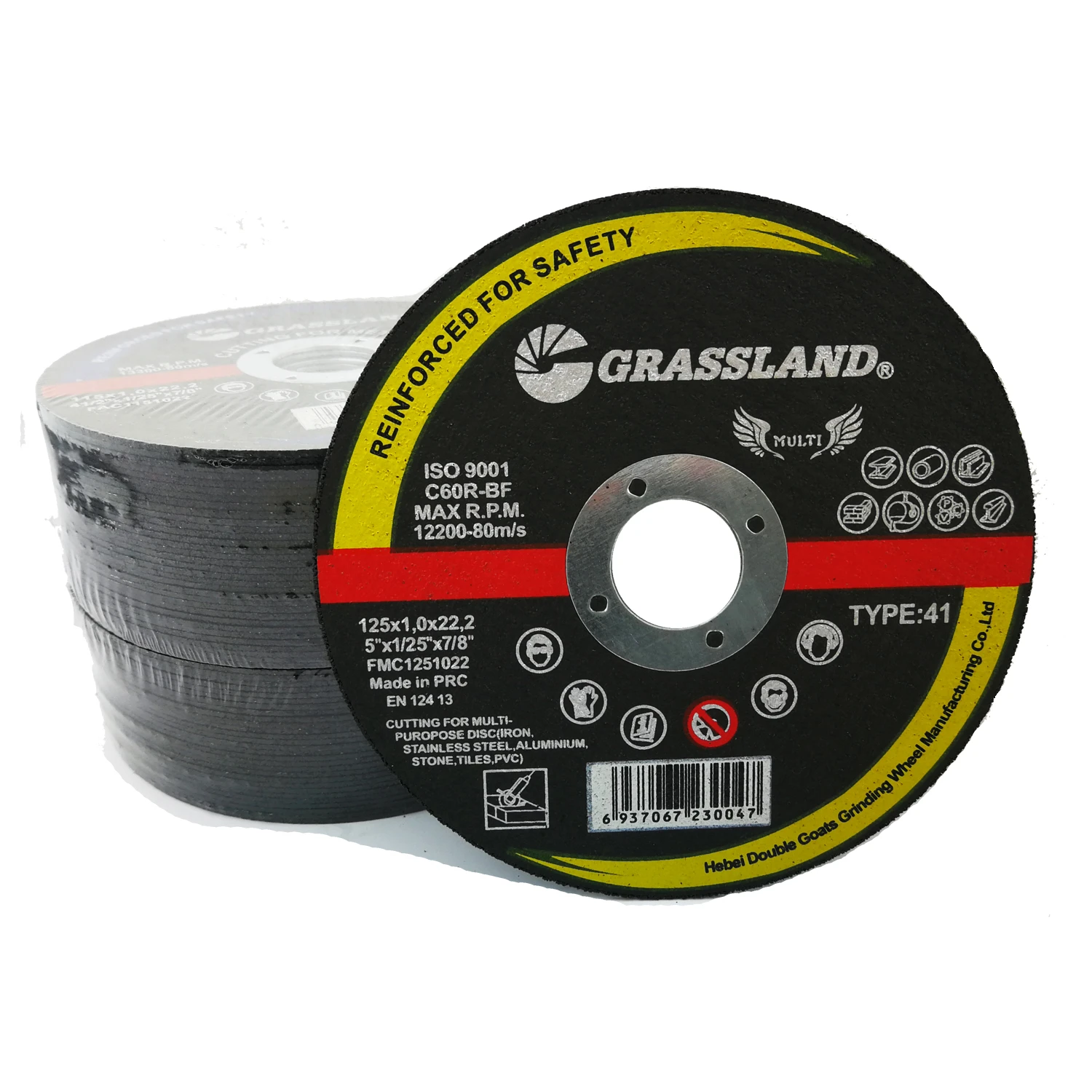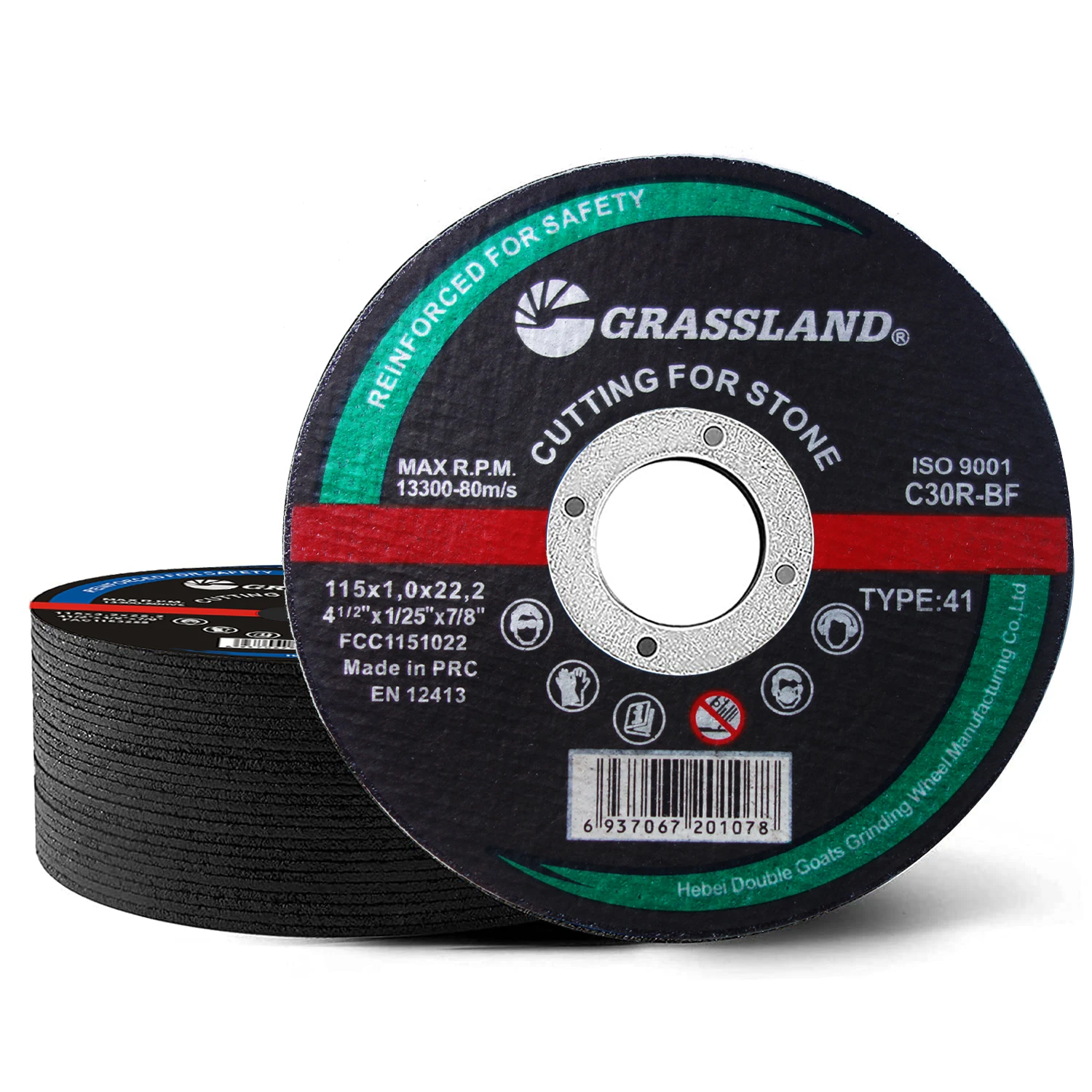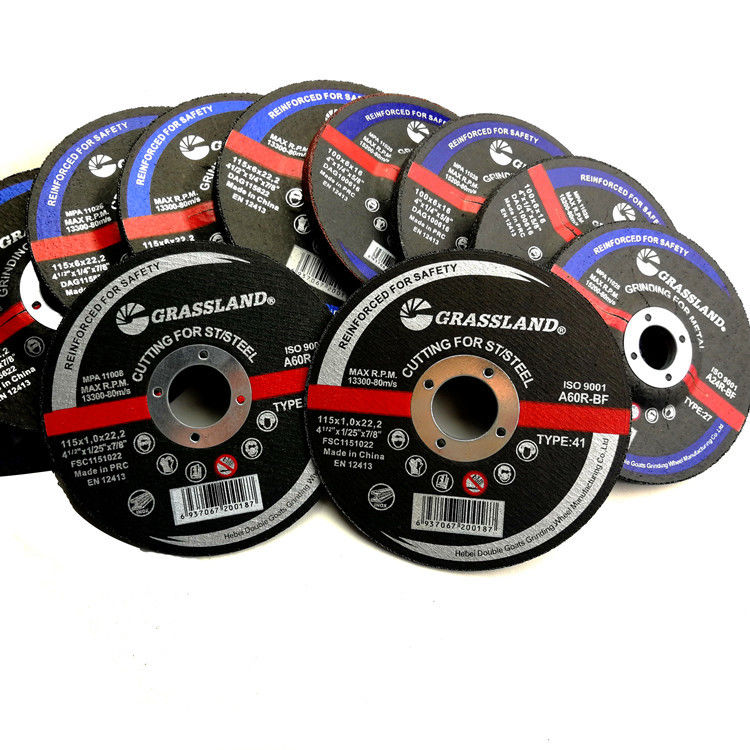The Essential Guide to Angle Grinders for Metal Cutting
Angle grinders are among the most versatile tools in the workshop, capable of cutting, grinding, and polishing various materials. When it comes to metal cutting, the angle grinder shines due to its power, portability, and ease of use. In this article, we will explore the essential aspects of using angle grinders for cutting metal, including the types of discs available, safety measures, and best practices.
Understanding Angle Grinders
An angle grinder is a handheld tool that uses a rotating abrasive disc to cut or grind materials. They come in various sizes, but the most common ones feature disc diameters ranging from 4.5 inches to 9 inches. These tools can run on electricity or be powered by batteries, providing options for both stationary and mobile use.
The versatility of angle grinders makes them an excellent choice for metal cutting. They can cut through a variety of metals, including steel, aluminum, and copper. This ability allows for use in a wide range of applications, from fabrication and renovations to automotive repair and home projects.
Types of Cutting Discs
Choosing the right cutting disc is crucial for the success of your metal cutting tasks. There are several types of discs available, each designed for specific materials and applications
1. Metal Cutting Wheels These are thin, flat discs designed specifically for cutting metal. They typically come in various abrasive materials, including aluminum oxide and zirconia, depending on the metal type being cut.
2. Diamond Blades For cutting harder metals or materials like stainless steel and stone, diamond blades work effectively. These blades are more durable and provide a smoother finish, reducing the time required for polishing.
3. Flap Discs While primarily used for grinding, flap discs can also be employed in the cutting process. They consist of multiple pieces of overlapping abrasive material, which allows for flexibility in execution.
Selecting the appropriate disc ensures efficiency and safety while minimizing the risk of damaging the workpiece or the tool.
Safety Measures
Safety should always be a top priority when using angle grinders. The high-speed operation and sharp discs can pose significant risks if proper precautions are not taken. Here are some essential safety tips
angle grinder metal cutting
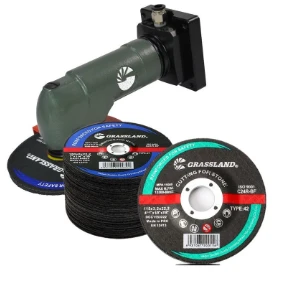
- Wear Protective Gear Always don appropriate personal protective equipment (PPE), including safety goggles, gloves, and ear protection. This gear will protect your eyes from sparks and debris, your hands from cuts, and your ears from loud sounds.
- Inspect the Tool and Discs Before use, check the angle grinder and cutting discs for any signs of damage. Do not use a damaged tool or disc, as this can lead to accidents or malfunctions.
- Secure the Workpiece Ensure that the metal piece you are cutting is stable and secured. Use clamps or vises to hold the workpiece in place, which will prevent movement during cutting.
- Maintain Proper Posture Stand in a stable position, keeping your body clear of the cutting line. This minimizes the risk of injury in case of kickback or sudden movement.
- Use the Right Speed Ensure the angle grinder is set to the appropriate RPM for the disc and the material being cut. Using the wrong speed can result in increased wear and may compromise safety.
Best Practices for Metal Cutting
To achieve the best results when cutting metal with an angle grinder, consider the following best practices
- Mark Your Cut Use a marker or chalk to indicate where you plan to cut. This will help you stay precise and minimize waste.
- Start Slowly Begin cutting at a slow and steady pace to avoid overheating the metal and the disc. Gradually increase speed as you gauge the material response.
- Keep the Grinder Flat Maintain the grinder's body parallel to the workpiece. This will provide cleaner cuts and lessen the chance of disc damage.
- Clean Up After Use Properly shut off the angle grinder and allow it to cool before cleaning. Regular maintenance of your tools extends their lifespan and ensures optimal performance.
Conclusion
Angle grinders are invaluable tools for metal cutting, offering versatility, power, and precision. By understanding the types of cutting discs available, following essential safety measures, and applying best practices, you can achieve professional-quality results in your metalwork. Whether you’re a seasoned professional or a DIY enthusiast, mastering the use of an angle grinder will elevate your metal cutting skills to new heights.
Post time:Dec - 11 - 2024







